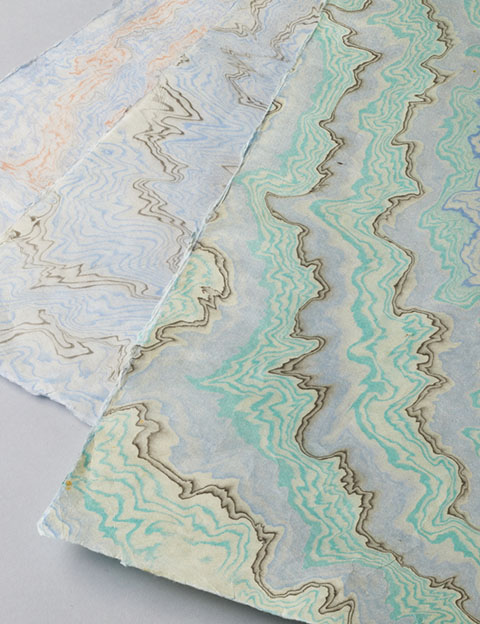ECHIZEN Washi (Papers)

According to legend, 1,500 years ago, a beautiful princess came to the village of Okatagawa and taught the people there how to make paper. In the Nara era (710-794), the paper was so highly respected that it was used for copying Buddhist sutras. Then, when the demand for paper from the warrior class increased, even higher-quality paper, including Echizen hosho paper, was produced in large quantities using improved techniques.
Subsequently, the Shogunate and feudal lords gave this paper-producing area their patronage and further developments were made. In more recent times, many artists, including the painter Taikan Yokoyama, have favored Echizen washi paper, which is well known throughout the country.
The epitome of Japanese culture, Echizen washi paper has an incredible richness and quality arising from its strength and suppleness, as well as a finely textured surface full of warmth that is possible only with handmade paper. The range of products includes paper for fine art, calligraphy, printmaking and stationery as well as specialty paper for diplomas and shoji screens.
Feature
Infused with the spirit of Japanese culture, Echizen paper has a warm, elegant texture with a rich, natural wood (kinari) sensibility that words like strength or personality cannot even begin to describe.
How to make
Paper mulberry, mitsumata, gampi and hemp are used as the main raw materials. A sticky substance made from sunset hibiscus (tororo aoi) is added and the mixture is processed using traditional papermaking methods like nagashi-zuki and tame-zuki. After the main ingredients have been reduced to liquid form and placed in a paper-making vat (sukiso), they are hand-stirred over a bamboo-net screen called a sukiketa. As the liquid pulp is agitated with a subtle rocking motion, the fibers start to entangle, creating sheets of beautiful paper.

